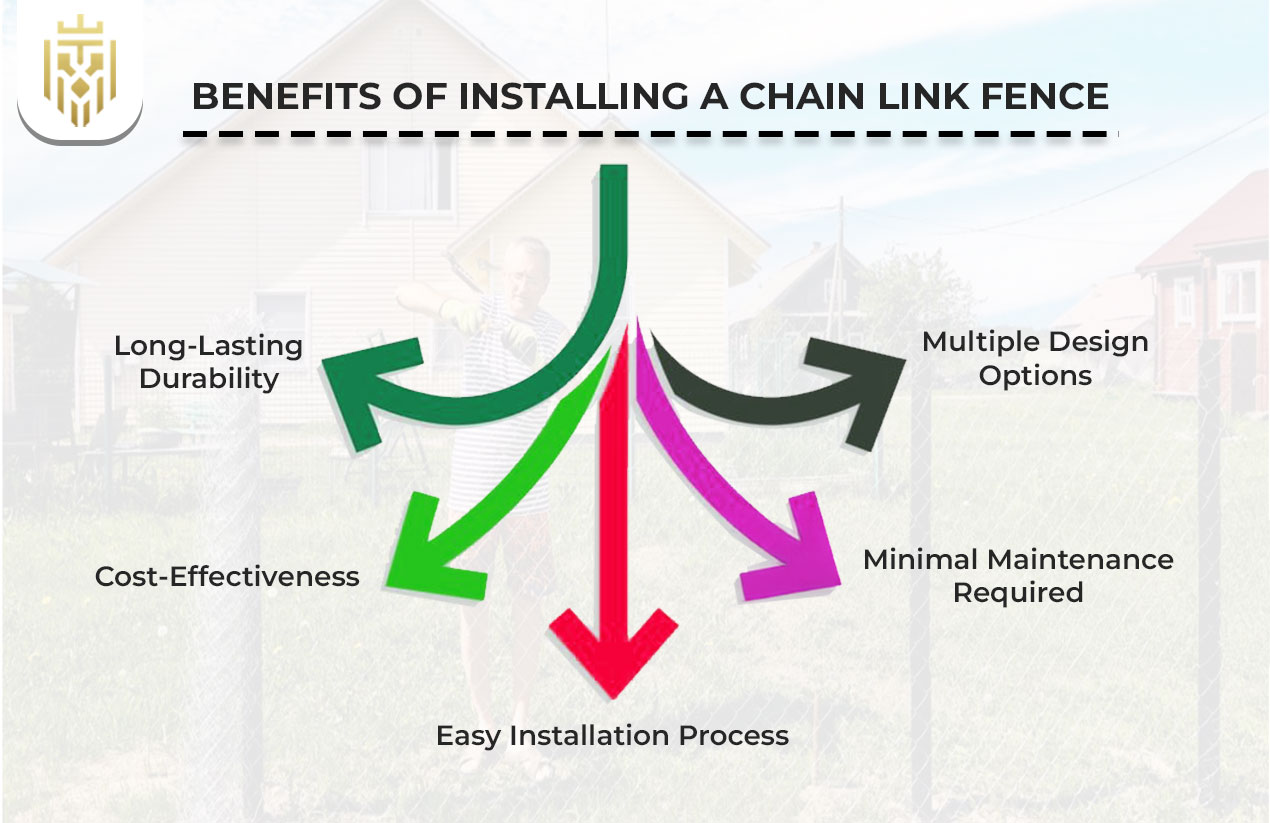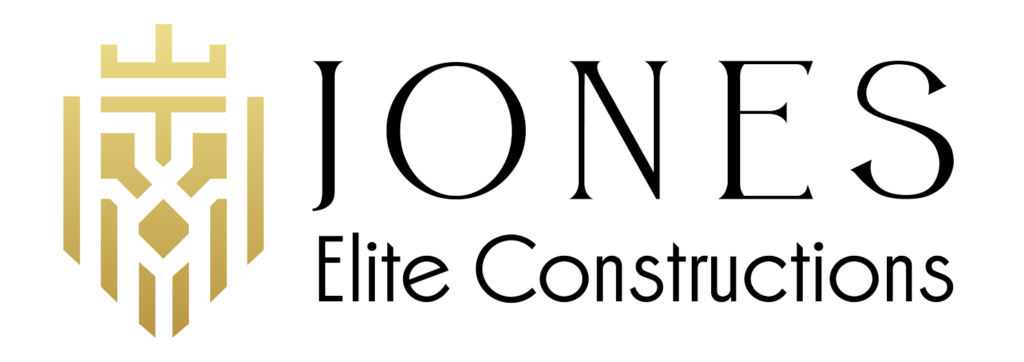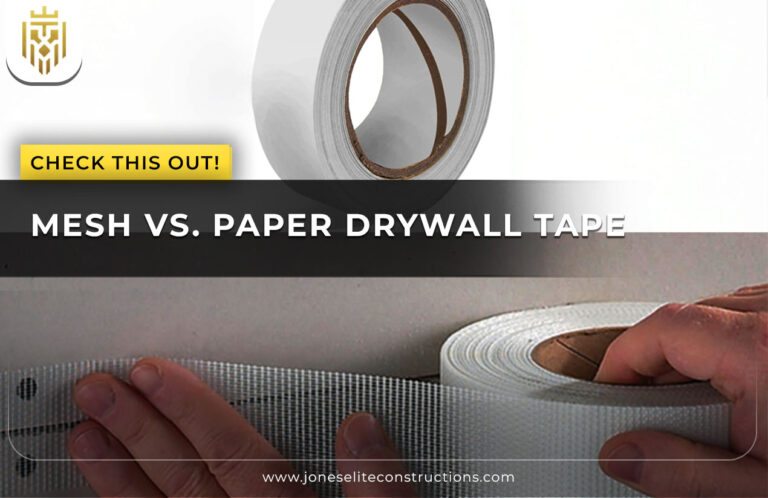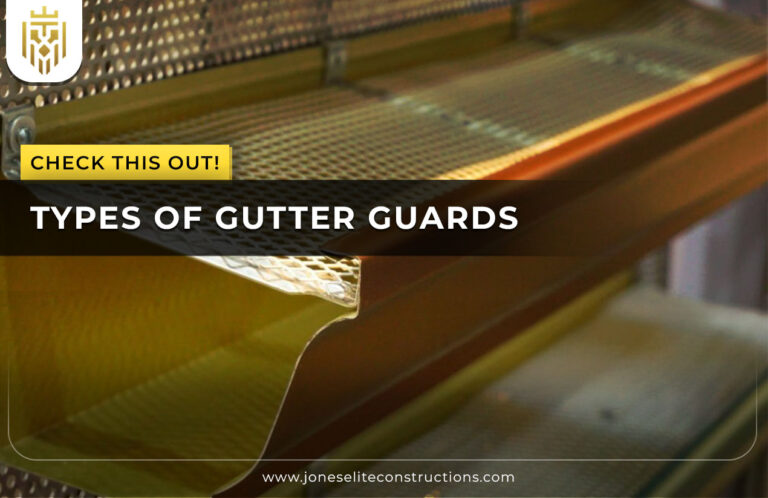What Is a Chain-Link Fence?
A chain-link fence is a popular fencing option made from woven steel wires that form a mesh pattern. To understand what a chain-link fence is, in short, it is typically used to secure property while allowing visibility and airflow.
How to Install a Chain-Link Fence?

If you want to know how to install a chain-link fence, follow these key steps for a successful project. This type of installation requires careful planning, the right tools, and precise alignment to ensure the result is secure and long-lasting.
Plan Your Fence Layout
Begin by marking the boundary lines and deciding where the gates will go. Proper planning is essential to avoid problems later. Measure the perimeter accurately and clearly mark all post positions before moving on.
Gather the Required Tools and Materials
You will need fence posts, top rails, tension bands, tie wires, and fence fabric. Tools needed for installing a chain-link fence include post-hole diggers, a level, a wrench, and pliers. Make sure everything is ready to avoid delays during the installation process.
Prepare Post Holes
Dig post holes according to local building codes for depth and spacing. Ensure all holes are level and properly aligned. This preparation helps create a stable fence structure and prevents future issues like sagging or leaning.
Install Line Posts
Position and secure the line posts in the prepared holes using concrete. Proper spacing between posts ensures the chain link remains tight and stable. Allow the concrete to set completely before moving on to attaching any hardware or fencing materials.
Attach Tension Bands and Bars
Attach tension bands and bars securely to the terminal posts. These parts are crucial for keeping the chain-link fabric tightly stretched and aligned. Double-check the fittings for stability and alignment before continuing.
Unroll and Stretch the Fence Fabric
Unroll the chain-link fabric along the posts. Stretch it tightly with a fence puller to prevent sagging. Secure the fabric with tie wires, making sure it stays evenly aligned from top to bottom along the entire length.
Install Top Rail and Tie Wire
Install the top rail to connect and stabilize the posts. Secure the chain-link fabric with tie wires at regular intervals. This step is vital in ensuring the fence is solid and can withstand external pressure.
Install the Gate (if applicable)
Mount the gate securely between the designated posts. Make sure it operates smoothly and aligns properly with the fence line. Check that the hinges and latches are firmly attached to prevent problems after installing the gates.
Final Inspection and Adjustments
Inspect the entire chain-link fence for stability and alignment. Make any necessary adjustments to tension or positioning. Ensure all hardware is tightened, and there are no weak points along the fence for maximum durability.
Benefits of Installing a Chain-Link Fence

One major benefit of installing a chain-link fence is its affordability and effectiveness for security. This type of fence is widely chosen for both residential and commercial properties that need a durable yet economical perimeter solution.
Long-Lasting Durability
A chain-link fence is known for resisting weather and corrosion. Galvanized steel components ensure it can handle various environmental conditions without frequent repairs, giving homeowners long-term peace of mind and reliability.
Cost-Effectiveness
Compared to other fencing materials, chain-link fences are budget-friendly. They provide secure boundaries without high installation or maintenance costs, making them a preferred choice for those looking for affordability and durability.
Easy Installation Process
Learning how to install a chain-link fence is relatively easy. With proper guidance, homeowners can manage the installation themselves or hire professionals for quick, efficient results that meet security and aesthetic needs.
Minimal Maintenance Required
Routine maintenance for a chain-link fence is minimal. Occasional checks for tension and minor repairs are usually all that is needed. Its durable materials resist rust, making upkeep easy and cost-effective over time for property owners.
Multiple Design Options
Chain-link fences are available in different heights, gauges, and coatings. This variety allows customization to match specific security or aesthetic preferences, making chain-link fencing suitable for a wide range of properties and uses.
FAQs
1) What is a chain-link fence?
A chain-link fence is made of woven steel wire. It is often used for security and marking boundaries. This type of fence is durable, visible, and cost-effective, making it a good choice for both homes and businesses.
2) What are the benefits of installing a chain-link fence?
Installing chain-link fences provides durability, affordability, low maintenance, and design flexibility. They offer reliable security while allowing visibility, so they are suitable for various residential and commercial uses.
3) How to Install a Chain-Link Fence?
To learn how to install a chain-link fence, you should plan the layout, dig post holes, set posts, attach tension bands, stretch the fabric, and properly secure the top rail for a strong installation.
4) What is the lifespan of a chain-link fence?
A chain-link fence usually lasts 20 to 30 years, depending on environmental conditions and maintenance. Using galvanized or coated materials improves durability and helps resist rust, corrosion, and severe weather.









